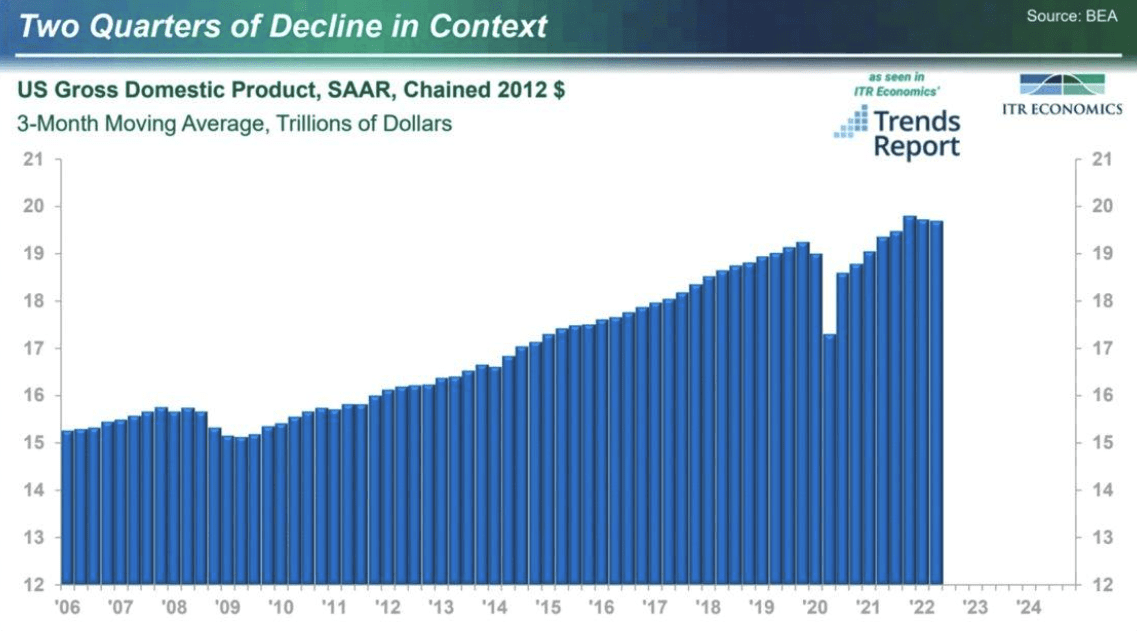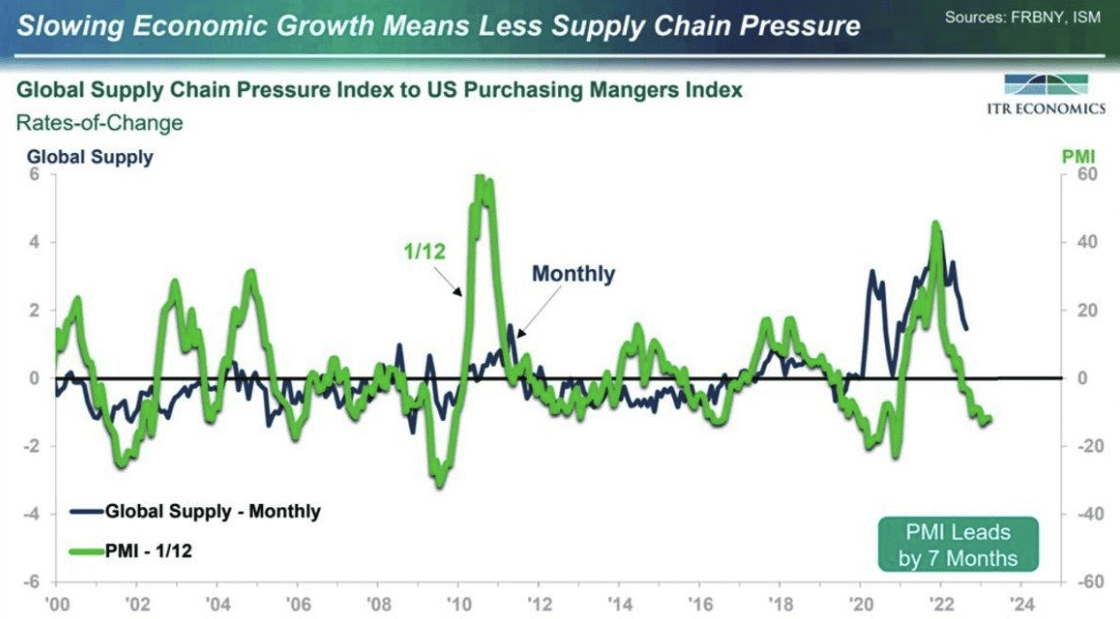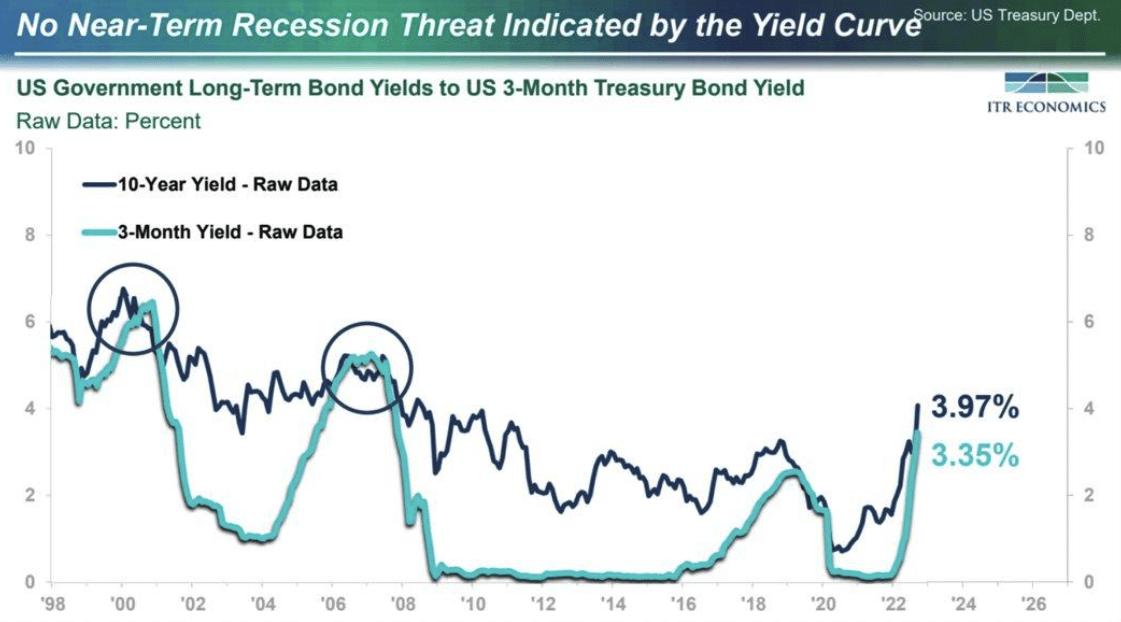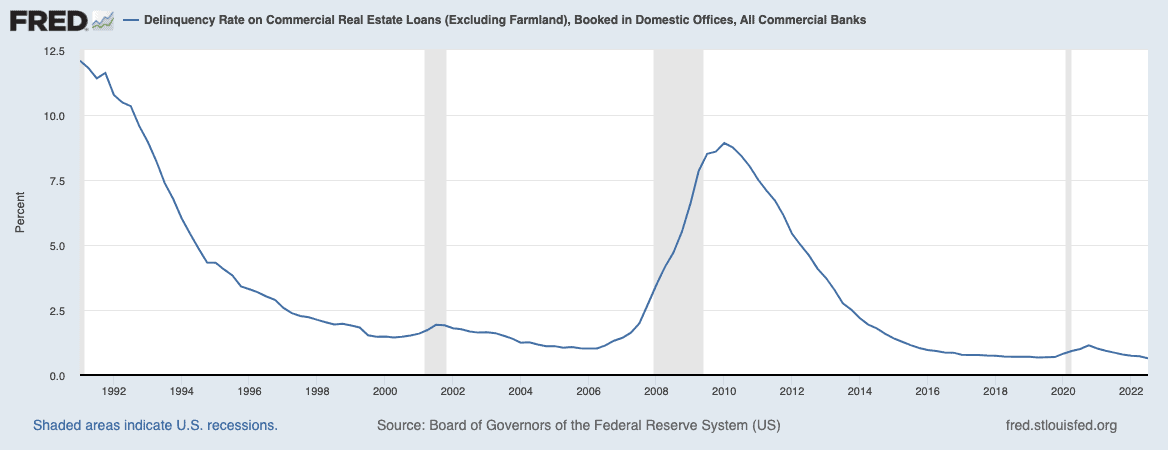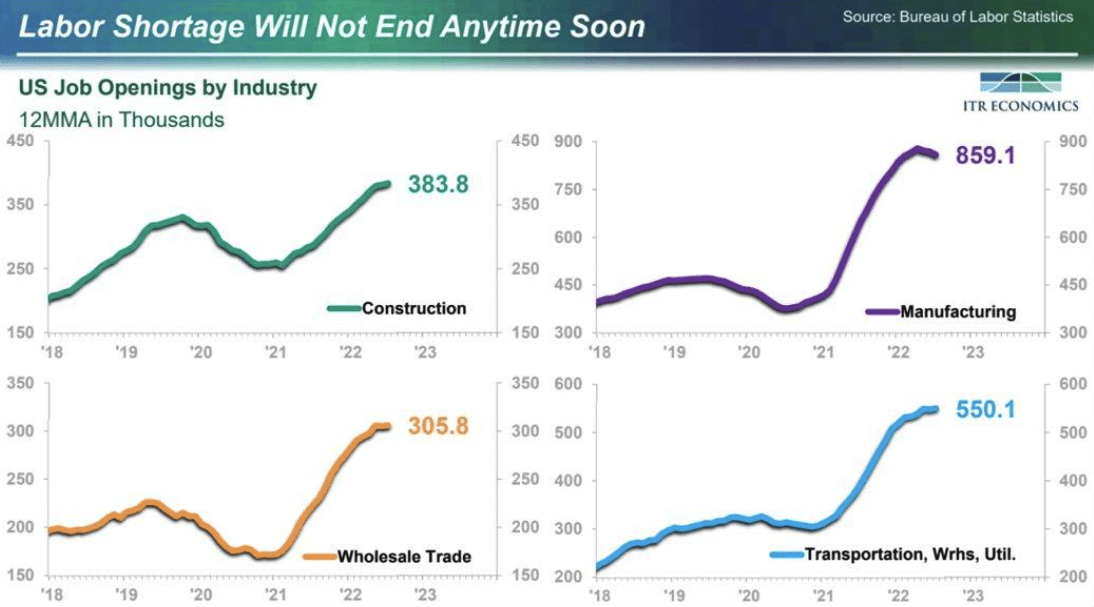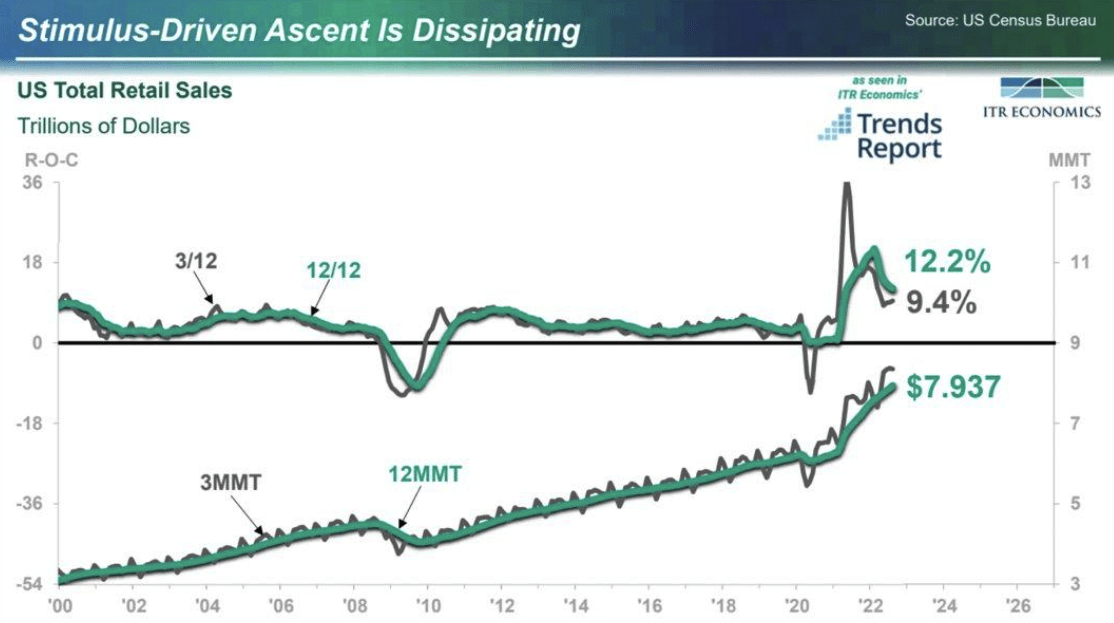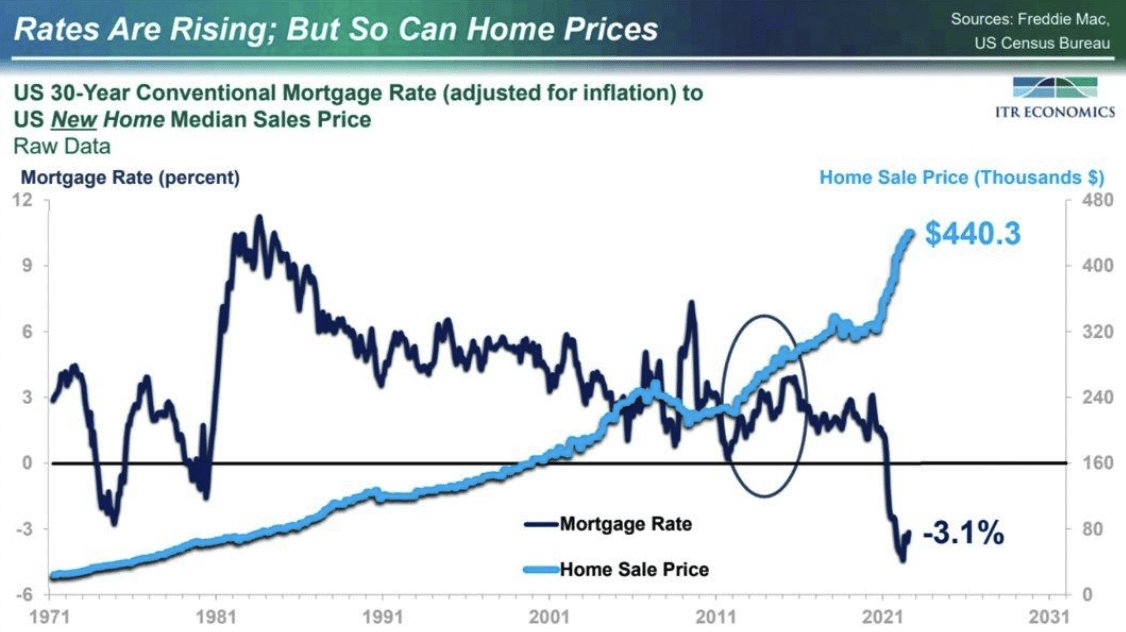
Chicago’s multifamily sector currently enjoys strong market fundamentals highlighted by healthy occupancy rates and continued rental rate growth. The current core apartment rents average over $4 per square foot, which is higher than previous peak pricing.
After the pandemic, rental rates between late 2021 to 2022 recorded 10 to 15 percent growth, which is substantially ahead of the historical norms. Currently, the Chicago rental market is experiencing more stable rent growth in the 3 to 4 percent range.
Chicago remains one of the most affordable major markets to rent an apartment when looking at the current average effective rents as a percentage of median household income. This affordability will allow owners to continue to push rental rates in the future.
One of the major factors leading to strong operating fundamentals in the Chicago market is the lack of new supply. The supply in Chicago is currently 1 percent of the inventory, which is quite low in comparison to other markets where there could be as much as 10 to 12 percent of the inventory under construction.
In the city, there are just over 7,000 units under construction slated for delivery between 2023 and 2024. The majority of new development is located in two submarkets, which are Fulton Market and Gold Coast/Near North. In the suburbs, there are nearly 6,000 units slated for delivery through 2024. Suburban deliveries have remained consistent in recent years as investors continue to believe in the fundamentals outside of the urban core.
Spring and summer are typically the strongest leasing seasons in the Windy City and with a very limited supply of new construction in the pipeline, the market is well-positioned for continued strong rent rate growth as well as high absorption.
Investment sales activity in 2022 was $3.2 billion, with the majority occurring during the first half of the year, before the Federal Reserve’s rate increases really took hold and caused a lack of stability in the capital markets.
Among the key transactions to take place last year include the sale of The Elle, formerly known as Alta Roosevelt, in the South Loop to Waterton Associates. The property sold for $170 million, which is approximately $343 per unit or $341 per square foot. The transaction closed in November 2022 and was the largest transaction to take place in the downtown market.
In the suburbs, Ellyn Crossing in Glendale Heights sold to Turner Impact Capital. This 1,155-unit residence sold for $137 million, which is $118,615 per unit and $193 per square foot, and was among the largest transactions to occur in the suburbs last year.
In terms of investment activity, many of the large institutions remain on the sidelines thereby creating a great opportunity for the private capital to acquire assets in the Chicago market. In fact, downtown acquisitions by private investors have continued to increase year-over-year demonstrating their desire to transact with yield premiums and significant discount to replacement cost.
Looking forward
There is plenty of liquidity in the financing markets for multifamily. Agencies continue to provide liquidity during this choppiness in the capital markets, committing $150 billion in dry powder for 2023 volumes. Buyers today are actively seeking neutral leverage and will not settle for negative leverage. Therefore, they are very focused on their going-in cap rate.
Based on what is currently on the market, 2023 is on par with or well-positioned to exceed the activity recorded in 2022. Buyers and sellers are both capitulating, and as both move toward a middle ground, we expect the second half of the year to have even more transactions.
Today is a great time to be an investor and an operator in the Chicago market as the fundamentals have never been better, and pricing is at an above-average yield today with a significant discount to replacement costs.
Source: Chicago’s Multifamily Sector Boasts Healthy Occupancy Rates, Strong Rent Growth
https://www.creconsult.net/market-trends/chicagos-multifamily-sector-boasts-healthy-occupancy-rates-strong-rent-growth/






